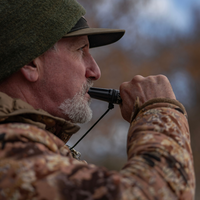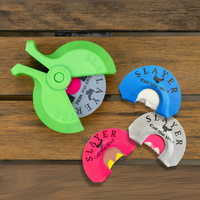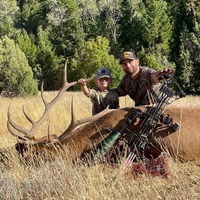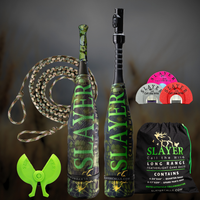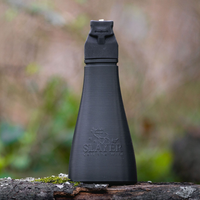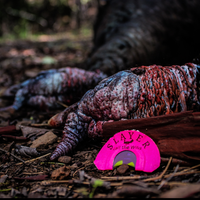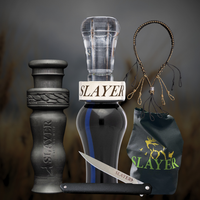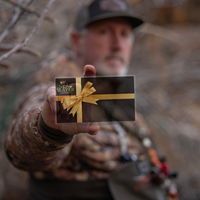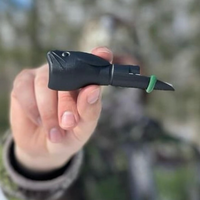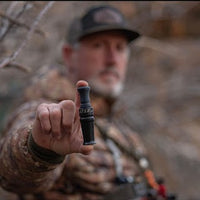Post-Season Maintenance: How to care for your waterfowl gear
By M.D. Johnson I know, I know. It’s a terrible thing. Utterly devastating. What am I talking about? Well, duck season, of course. It’s over. Again. But don’t for a minute think you’re done. Oh, no; there’s still a lot to do, and it doesn’t involve plucking ducks. Post-season maintenance — of ’fowl gear, that is — is one of the most overlooked processes to ever hit the books. Not for all, but for most of us. “I’ll do it tomorrow,” we tell ourselves, but the next thing we know, it’s mid-October. The decoys are muddy; the blinds are filled with empties and Hostess fruit pie wrappers; and the brass on our shotshells has developed a nice vintage-looking patina. That’s rust, by the way. So this year, we’re going to do things a little differently. We’re going to get our gear organized, get it clean and put it away so when that day of days rolls ’round this fall — the opener — at least our stuff is ready, even if we aren’t. How? Here’s a few tips.Shotguns and ammunition
My father had a simple mantra when it came to shotgun maintenance: “If you take a shotgun into the field,” he said, “it gets wiped down when you get home. If you shoot it — even once — it gets broken down, cleaned and put back together.” That’s just the way it was then … and still is today. So there you have it. If you’re like many and haven’t cleaned that Versamax or SBE all season, it’s time you did. As my father told me to do, I clean mine throughout the season; however, and as I’m often hunting the salt or brackish water, I’ll get really thorough at the close. That means stripping everything down to the receiver, pulling the magazine spring and even yanking the recoil pad to get to the recoil spring in the stock. All the metal parts now disassembled go into the dishwasher on the pots and pans cycle, while the receiver and stock get the attention they deserve (i.e., complete cleaning).
Now reassembled, the shotgun gets a final wipe-down with a rust preventative like CorrosionX, and stored in a place that’s as climate controlled (and dehumidified) as possible. No fleece-lined gun cases; they’re not good for long-term storage, unless you like fuzzy yellow guns.
Ammunition, too, gets the once-over. Again, my saltwater ’fowling habitats are tough on metals, including brass. Home for the season, I’ll rinse my shotshells in fresh water, dry them thoroughly and re-box. At the very least, I’d suggest wiping your ammunition dry before putting it away for the next eight to nine months.
All the metal parts now disassembled go into the dishwasher on the pots and pans cycle, while the receiver and stock get the attention they deserve (i.e., complete cleaning).
Now reassembled, the shotgun gets a final wipe-down with a rust preventative like CorrosionX, and stored in a place that’s as climate controlled (and dehumidified) as possible. No fleece-lined gun cases; they’re not good for long-term storage, unless you like fuzzy yellow guns.
Ammunition, too, gets the once-over. Again, my saltwater ’fowling habitats are tough on metals, including brass. Home for the season, I’ll rinse my shotshells in fresh water, dry them thoroughly and re-box. At the very least, I’d suggest wiping your ammunition dry before putting it away for the next eight to nine months.
Calls
STOP! If you don’t know what you’re doing when it comes to taking a duck or goose call apart and getting it back together properly, don’t do it. Ask for advice. Call the folks at Slayer and ask them. They’re happy to help. If you know what you’re doing, then do it. But do it with a softer bristle brush and cold water. Hot water, though seeming a good idea, can possibly warp that oh-so-important mylar reed. Check the O-ring, if applicable, and apply a VERY light coating of Vaseline as an off-season protectant. Wipe it dry, then hang to dry completely. Store your calls in a not-so-hot place, out of direct sunlight. Here's a video showcasing the ins and outs of cleaning your duck call.Decoys
As with your calls, clean decoys with a soft bristle brush and clear, cold water. I’ve been told that using soap to wash plastic decoys can enhance the ultraviolet (UV) properties of the material, making them shine unnaturally. I don’t know that to be fact, but why take that gamble? Post-season, I clean and inspect each one of my duck and goose floaters individually. Once scrubbed, I look at all knots, crimps, cords and anchors, replacing any that are worn, frayed or basically in need of attention. Silhouettes are likewise cleaned, again with a soft bristle brush and cold water; extra care being given to any decoys, floaters or flats that are flocked. Silhouette stakes are given a good look, and any less-than-perfects replaced. Decoys are then organized. For example, I bag all my droppers/divers and group my puddlers according to the length of the Texas Rig they’re attached to. These are hung via heavy-duty carabiners from equally heavy-duty hooks in my garage, away from direct sunlight and out of the heat as much as possible. Silhouettes are stored in specially designed bags, à la Dive Bomb Industries, and packed flat.
Decoys are then organized. For example, I bag all my droppers/divers and group my puddlers according to the length of the Texas Rig they’re attached to. These are hung via heavy-duty carabiners from equally heavy-duty hooks in my garage, away from direct sunlight and out of the heat as much as possible. Silhouettes are stored in specially designed bags, à la Dive Bomb Industries, and packed flat.
